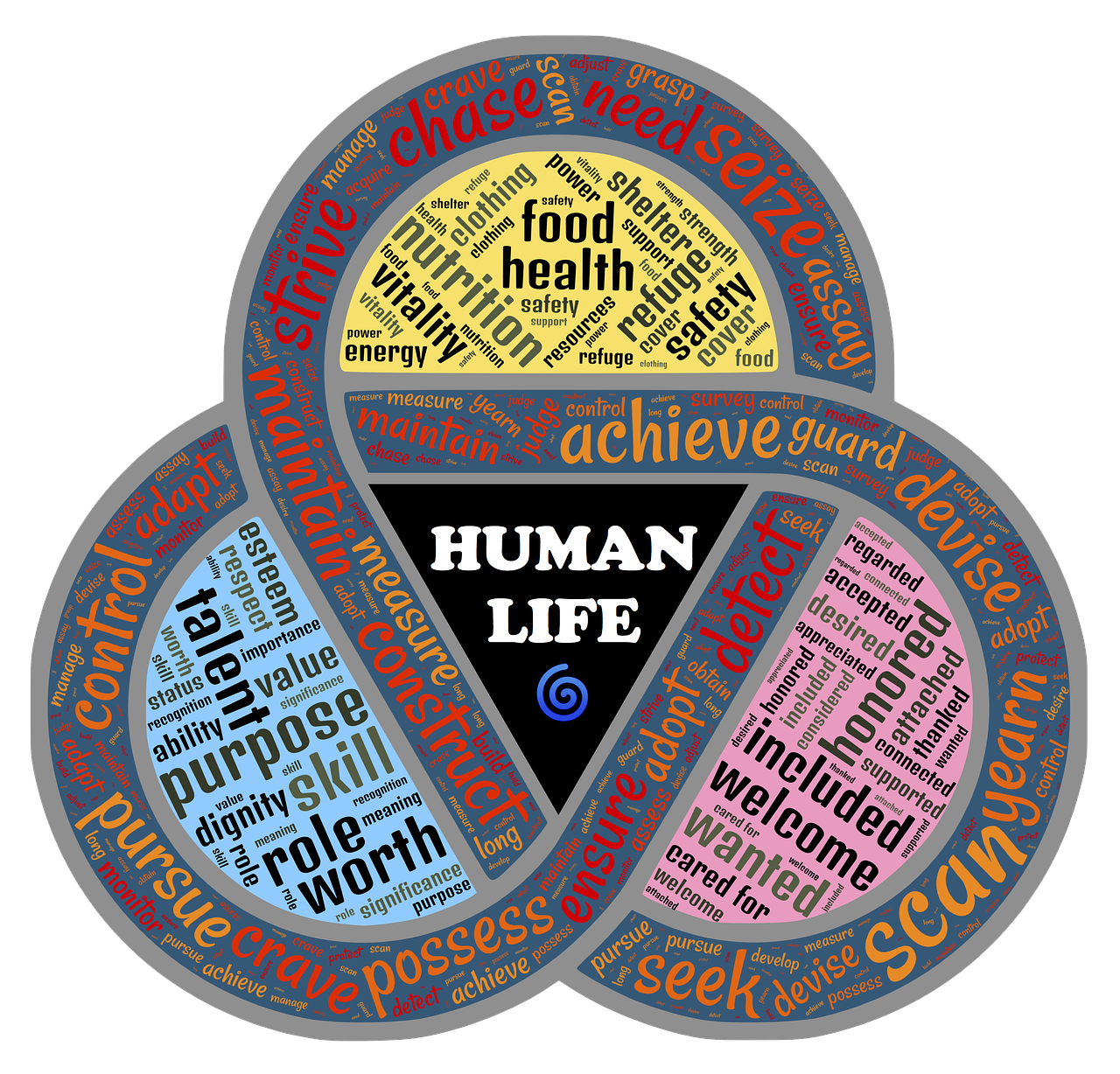In the ever-accelerating landscape of global business, standing still equates to falling behind. The relentless pressure from rapid technological changes, evolving consumer expectations, and intensified global competition pushes companies to continuously seek ways to differentiate and advance. Innovation often emerges as the heralded solution—a beacon guiding firms toward sustainability and growth. Giants like Apple, Tesla, Amazon, and Netflix have etched their dominance partly by pioneering novel products, disruptive business models, or customer experiences. Yet, the question lingers: Is innovation the sole driver of competitiveness? Or does true market success demand a fusion of innovation with strategic execution, operational excellence, and cultural adaptation? This article delves into the multifaceted role of innovation in maintaining competitive edge, analyzing diverse innovation types, exploring strategic frameworks, and evaluating the interplay between creativity and other business imperatives in 2025’s dynamic markets.
Why Innovation Remains Central to Competitive Success Amid Changing Market Dynamics
Market environments today are shaped by a confluence of forces: technological breakthroughs, shifting consumer preferences, economic volatility, and globalization’s broadening reach. These factors create a landscape in which companies that rest on past laurels risk obsolescence in a matter of months. Innovation acts as both shield and sword in this combat. It empowers companies to adapt swiftly to change while carving out distinctive market positions.
Consider Apple and Samsung, fierce rivals in the smartphone arena. Both companies invest heavily in product innovation—introducing enhanced cameras, augmented reality features, and improved user interfaces to captivate consumers continuously. These efforts don’t just keep their product lines fresh; they enable expansion into new demographics and geographies.
Innovation fosters differentiation from competitors. In crowded sectors, distinguishing your brand can be the deciding factor between growth and stagnation. Netflix exemplifies this principle. Its daring pivot from DVD rentals to streaming—a profound business model innovation—transformed the entertainment industry and positioned it as a customer-centric powerhouse. Netflix uses data analytics to tailor content recommendations, anticipating viewer desires before they are overtly expressed.
Another vital aspect lies in operational innovation. Efficient processes truncate costs, accelerate delivery, and boost reliability. Amazon’s pioneering integration of robotics and AI algorithms throughout its warehouses has driven its reputation for unparalleled logistics speed and accuracy, making it a formidable competitor against traditional retailers.
Besides market adaptation and operational improvements, innovation enchants employees and attracts exceptional talent. Google exemplifies this by nurturing a creative culture where experimentation is encouraged, inspiring breakthroughs spanning from Gmail to Google Maps. This magnetism results in a virtuous cycle, where innovative employees incubate futuristic ideas that propel the company forward.
- Adapt products to evolving consumer demands
- Diversify business models for market resilience
- Streamline operations to enhance efficiency and reduce costs
- Build a workplace environment that fosters creativity and innovation
| Company | Innovation Focus | Competitive Impact |
|---|---|---|
| Apple | Product innovation (e.g., iPhone features) | Market leadership in smartphones and wearables |
| Netflix | Business model and customer experience | Dominance in global streaming and personalized content |
| Amazon | Operational innovation (robotics, AI) | Efficiency in logistics and customer fulfillment |
| Cultural innovation and product development | Continuous creation of transformative services |

Leveraging Innovation to Surpass Consumer Expectations and Adapt to Technological Shifts
Consumers today demand more than just high-quality products—they seek seamless, personalized experiences accessible anytime, anywhere. Technology is the primary enabler here. From AI-driven chatbots to immersive AR shopping, companies that innovate in service delivery can build lasting loyalty.
Microsoft leverages cloud platforms and AI to personalize user experiences and streamline productivity tools. In finance, IBM utilizes blockchain technology to enhance transaction transparency and security, setting higher standards for customer trust. In 2025’s digital era, companies must not only respond to current needs but predict future desires, a capability grounded in advanced data analytics and agile innovation cycles. More thoughts on how technological adaptation drives business success can be found at this resource.
Exploring the Spectrum of Innovation: Product, Process, Business Model, and Service Breakthroughs
Innovation is not monolithic. It encompasses various types, each serving distinct strategic purposes. Understanding these forms equips companies to better allocate resources and set priorities aligned with their goals.
Product Innovation: Transforming Offerings and Creating New Markets
Product innovation shapes the tangible and intangible goods a company delivers. It can be revolutionary, like Apple’s iPhone in 2007 which redefined mobile technology, or evolutionary, such as incremental improvements in camera quality or battery life. Product innovation often demands close market research and investment into emerging technologies.
Process Innovation: Enhancing Efficiency Through New Methods
Process innovations focus on how to produce and deliver goods or services more effectively. Toyota’s lean manufacturing principles remain a classic example, continuously refined to minimize waste and optimize workflows. Dell’s customized PC order system revolutionized delivery by empowering customers to specify configurations online, blending manufacturing with e-commerce innovation.
Business Model Innovation: Rethinking the Value Proposition and Market Approach
Altering the fundamental ways a company creates and captures value constitutes business model innovation. Airbnb is a prime exemplar, disrupting traditional hospitality with a peer-to-peer rental model. Similarly, SpaceX’s approach to aerospace—focusing on developing reusable rockets—lowers costs and opens access to space, challenging entrenched aerospace norms. Insights about strategic pivots to innovate business models can be accessed at this page.
Service Innovation: Elevating Customer Interaction and Experience
Service innovation improves how customers engage with offerings, often through technology. Uber’s app-based ride-hailing replaced traditional taxi services with a more convenient, efficient, and transparent alternative. By harnessing GPS, real-time data, and user feedback, service innovation achieved widespread disruption and value creation.
| Innovation Type | Example | Business Impact |
|---|---|---|
| Product | Apple iPhone | Revolutionized smartphone market |
| Process | Toyota Lean Manufacturing | Increased efficiency, reduced costs |
| Business Model | Airbnb Peer-to-Peer Rentals | Disrupted hospitality industry |
| Service | Uber Ride-Hailing App | Enhanced user convenience and market reach |
Creating a Sustainable Culture of Innovation for Ongoing Competitiveness
Embedding innovation within an organization’s DNA is vital for long-lasting competitive advantage. However, such cultural transformation involves more than just assembling creative teams; it requires systemic commitment from leadership and alignment of incentives and processes.
- Encourage creativity and risk-taking: Promote experimentation, viewing failure as a learning step rather than a setback.
- Invest continuously in R&D: Dedicate budget and talent towards exploring emerging technologies and market shifts.
- Foster collaboration: Integrate cross-functional teams combining diverse skills and perspectives to stimulate novel solutions.
- Maintain customer-centric innovation: Leverage feedback loops and analytics to ensure innovations meet real needs.
- Embrace technology as a strategic enabler: Adopt AI, data analytics, and automation judiciously to accelerate innovation capability.
Companies like IBM and Intel lead by example, continuously adapting their research agendas and innovation strategies. Culture is also about retaining visionary talent—organizations that fail here risk stagnation.

Is Innovation the Only Path to Staying Competitive?
Details about the selected innovation type
Recognizing Innovation’s Limits: Why It Can’t Be the Sole Competitive Strategy
Despite its undeniable benefits, innovation is not a panacea. Several constraints challenge its efficacy as the only route to stay competitive.
Firstly, innovations can be rapidly copied. Samsung’s quick adaptation of many Apple features exemplifies how fleeting technological advantages can be. Secondly, innovation demands substantial resources. High costs and talent scarcity may place smaller firms at a disadvantage, risking inflated investment without guaranteed returns. Google Glass’s commercial failure underlines the risks of overambitious innovations that lack market readiness.
Moreover, innovators can encounter internal barriers. Bureaucracy, resistance to change, and misaligned incentives may stifle ambitious projects. Kodak’s downfall, despite pioneering digital photography technology, reminds us that innovation without cultural and strategic alignment can founder.
Furthermore, some industries prioritize reliability and cost-effectiveness over novelty. In such environments, customer intimacy, operational excellence, and brand reputation often eclipse innovation as success factors.
- Short innovation lifecycles pose challenges to sustained leadership
- Resource intensity limits innovation capacity for smaller companies
- Internal resistance and misaligned culture hinder innovation efforts
- Market context sometimes favors stability over disruption
Exploring broader strategies alongside innovation, such as strengthening customer relationships or optimizing operational processes, is critical. Amazon’s supremacy, for example, stems not just from its technological prowess but also from relentless focus on customer service excellence and supply chain mastery. Read more on building winning strategies at this guide.
Balancing Innovation with Strategic Execution for Lasting Competitive Advantage
True competitive advantage stems from integrating innovation with coherent strategies, agile execution, and steadfast organizational alignment. Innovation sparks opportunities; strategic execution ensures they materialize into value.
- Align innovation with core business objectives and market demands
- Balance incremental and radical innovation initiatives
- Deploy data analytics for informed decision-making and risk management
- Invest in employee training and leadership development
- Form strategic partnerships to accelerate innovation uptake
Microsoft exemplifies this balance. Their continuous innovation in cloud computing and software integrates seamlessly with robust go-to-market strategies and customer engagement. Likewise, SpaceX’s technological breakthroughs are matched by operational excellence to achieve cost-effective space exploration.
Developing enduring competitive advantage is not about betting solely on innovation. It requires synthesizing creativity, strategic vision, operational capability, and customer focus to sustain growth and market relevance in 2025’s volatile environment.
Business leaders seeking resources to foster innovation and strategic agility may consult platforms such as:
- Networking Strategies for Entrepreneurial Success
- Habits of Successful Entrepreneurs
- Leveraging Data Analytics for Business Decisions
- Strategies to Build a Loyal Customer Base
Frequently Asked Questions
- Is innovation necessary for every business to stay competitive?
While innovation is a key driver in many industries, some sectors emphasize cost efficiency and reliability over innovation. However, a basic level of innovation often remains necessary to respond to changing market needs. - Can companies succeed without innovating their business model?
It is possible but increasingly rare. Business model innovation helps companies adapt to disruptive changes and uncover new revenue streams—a critical factor in long-term sustainability. - How can small businesses foster innovation despite limited resources?
Small businesses can focus on incremental innovations and leverage partnerships or outsourcing to access expertise. Prioritizing customer feedback and adopting affordable technologies also supports innovation. - What role does company culture play in innovation?
A supportive and creative culture encourages risk-taking, experimentation, and knowledge sharing—essential for sustaining innovation. Organizations like Google showcase how culture fuels creativity and product breakthroughs. - Are there risks to prioritizing innovation excessively?
Yes, excessive focus on innovation without strategic alignment can lead to wasted resources, employee burnout, and distracting the organization from operational excellence and customer satisfaction.


